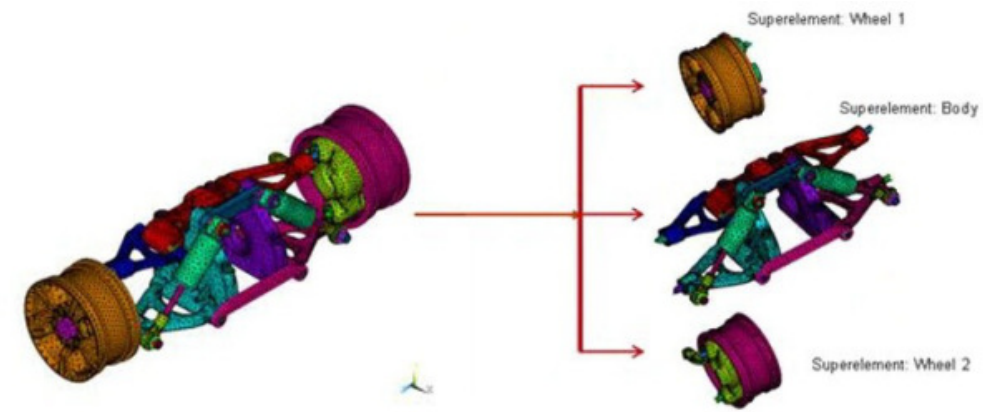
MATH347 L28: Course review
|
-
What is linear algebra and why is to so important to so many applications?
-
Basic operations: defined to express linear combination
-
Linear operators, Fundamental Theorem of Linear Algebra (FTLA)
-
Factorizations: more convenient expression of linear combination
-
Solving linear systems (change of basis)
-
Best 2-norm approximation: least squares
-
Exposing the structure of a linear operator between the same sets through eigendecomposition
-
Exposing the structure of a linear operator between different sets through the SVD
-
Applications: any type of correlation


